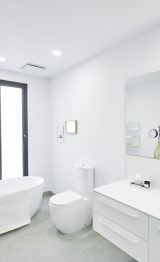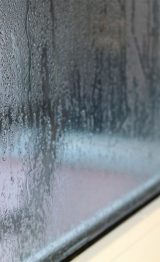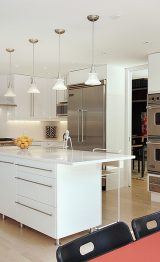Did you know that hay fever affects:
- – One in 10 children aged 6-7
- – One in six children aged 13-14
- – Two in five adults (Source)
Further, asthma affects one in five children and one in 10 adults. (Source)
That’s a lot of people affected so tremendously by something we can’t even see!
Common airborne allergens at home
Below we take a quick look at five of the most common airborne allergens that are common in the home. How many affect you and your family?
Dust allergies
Dust is one of the most common airborne allergens that quickly triggers standard reactions.
If you suffer from dust allergies, it’s important that the air quality in your home minimises the risk of serious reactions.
Dust mites
Dust mites are commonly found in standard dust in the home – it’s almost inevitable that if your home has dust, it has mites, too.
Pets
They’re a standard in most households, but it’s not uncommon for people to experience allergic reactions to pet hair, most commonly dog or cat hair. Pet hair isn’t the only catalyst of allergens. Others include a pet’s saliva, urine, and pet dander. Dander is a term used to describe flecks of skin shed by pets that have fur or feathers (think dogs, cats, birds, mice, etc.)
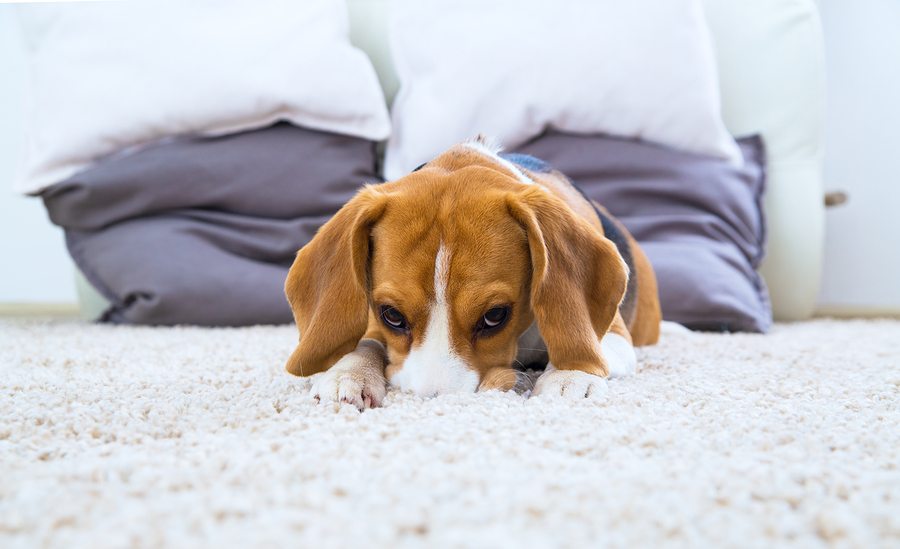
Indoor plants
Not only do indoor plants look great, but some can actually improve the air quality in your home! Unluckily for some, you can also find yourself sneezing and wheezing whenever you get too close to certain kinds of indoor plants.
Pollen and flowers
The beginning of spring is one of the best times of the year. We have farewelled the winter chill and prepare for stunning spring weather, but along with the sun comes the risk of pollen in the air. When trees and flowers begin pollination in early spring, we’re exposed to a surge of pollen in the air. During this time, pollen can easily make its way into your home, too.
Symptoms of airborne allergens
It’s inevitable that we will know someone close to us (or perhaps yourself!) who is affected by these common allergens. Pollen forecast apps and websites like this one have also been developed to help people better prepare themselves for a high risk of pollen in the air.
No doubt you’ve experienced one of the following symptoms if you’re prone to reacting to an airborne allergen. The most common symptoms include:
- Watery eyes
- Itchy nose
- Eye swelling
- Conjunctivitis
- Blocked ears
- Nasal dripping
How does air conditioning improve air quality in the home?
Some reports tell us that the air quality inside homes can actually be worse than outside!
It’s startling to think that amongst all the pollution from cars, trucks, factories, and more, that damage isn’t even as bad as the air that’s in our own homes – where we spend hours a day sleeping, eating, playing, relaxing, and working.
In fact, the Australian Government’s Department of Environment and Energy says that Australians spend 90 per cent of their time indoors.
Modern, high-tech HVAC and heating and cooling systems are cleverly designed to improve the air quality in your home in three important ways:
1. The role of ventilation
Ventilation is SO important.
We know that you should never leave a car running in an enclosed space like a garage and must ensure proper ventilation when using gas stoves. These are perfect examples of proper ventilation.
Ventilation throughout your home keeps air clean and fresh, and helps to remove toxins and allergens. Your air conditioning system is a key part of a home’s air ventilation process. High levels of moisture (from cooking and washing, for example) fuels mould growth, so by removing this additional moisture, you’re decreasing the risk of mould.
2. Humidity levels
Ventilation and humidity tend to go hand in hand, but understanding humidity can sometimes get confusing.
It’s important to know how different levels of humidity in different temperatures can improve air quality and comfort.
Humidity levels are usually marked as a percentage. You’ve probably seen weather reports telling you the level of humidity you can expect in the air. A higher percentage of humidity indicates a higher volume of moisture in the air. That’s what gives you that sticky, uncomfortable feeling, common in tropical destinations like Thailand.
The right air conditioning system should provide you and your family with relief from uncomfortable humidity levels. Humidifiers and dehumidifiers are installed within the air conditioning system, and the system can collect humidity in your home and expel it outside, maintaining a humidity level of around 50-60%.
3. Filters
Filters are designed to remove one thing (usually a liquid) from another: we use coffee filters to remove ground coffee from our hot mug and a strainer to remove freshly cooked pasta from hot water.
In terms of air conditioning, the filters are designed to remove indoor pollutants and allergens.
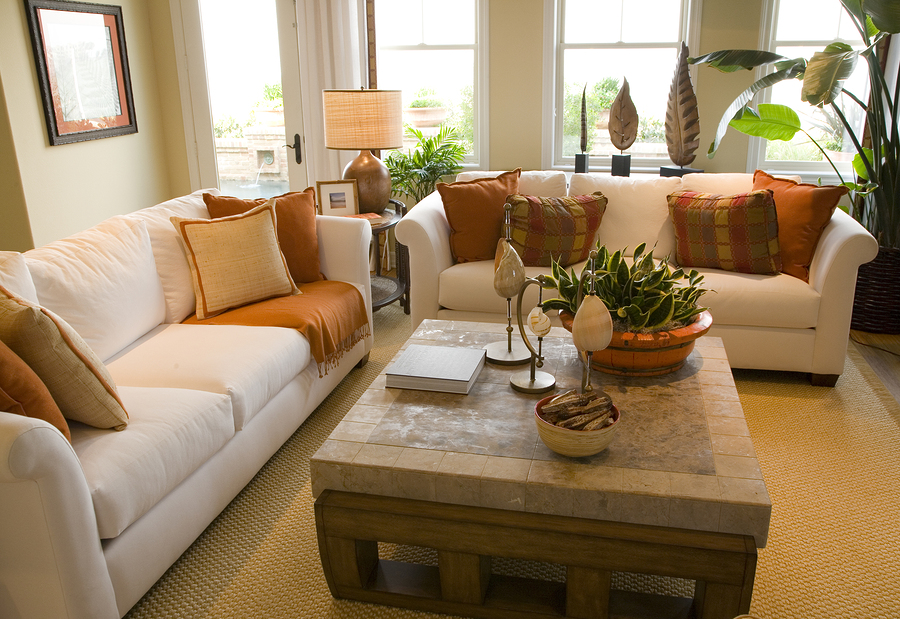
The right air conditioning solution
The right air conditioning system, backed by strategic planning, is designed to not only make you feel more comfortable in your home during the warmers months, but should also contribute to improving the often poor quality of air found in the home.
With proper ventilation, humidity control, and an effective filtering system, your air conditioning system is an integral cog in your home when it comes to purifying air and therefore reducing the risk of reactions caused by airborne allergens.
Is your air conditioning system more than 10 years old? Or are you considering a new build or renovation? Contact Coolpro today, or ask your builder or architect to nominate Coolpro as your air conditioning specialist. Call us now! 0410 496 832




